In modern football, tactical evolution has transformed how players and teams operate. Among these changes, one of the most innovative and fascinating developments has been the rise of inverted fullbacks. This tactical concept has redefined what it means to play as a fullback, turning a traditionally defensive role into a dynamic, multi-functional position. But what exactly are inverted fullbacks? How do they work, and why have they become such a powerful tool for some of the best teams in the world? This article dives deep into the concept of inverted fullbacks, breaking down their role, their benefits, challenges, and the tactical philosophies behind their use.
What Are Inverted Fullbacks?
Traditionally, fullbacks were players tasked with defending wide areas and supporting attacks by providing width and delivering crosses into the box. However, the role of fullbacks has evolved dramatically over the years, particularly with the rise of inverted fullbacks. An inverted fullback is a fullback who moves into central midfield areas when their team is in possession rather than staying wide along the flanks.
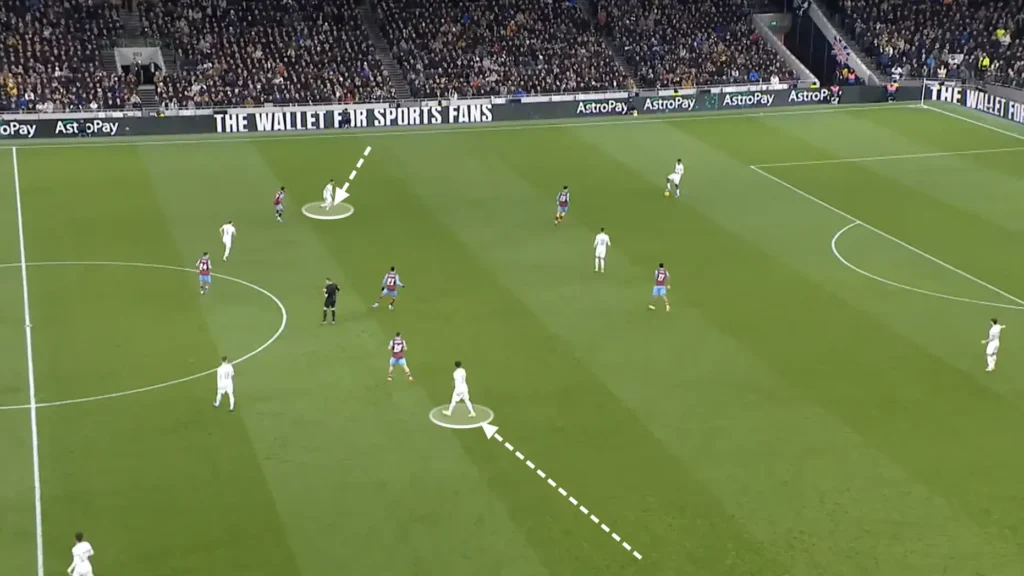
This tactical approach was popularized by Pep Guardiola during his time at Bayern Munich and later perfected at Manchester City. Players like Philipp Lahm, Joshua Kimmich, João Cancelo, and Oleksandr Zinchenko have become synonymous with the role, showcasing its potential to control games, enhance ball progression, and create numerical superiority in midfield.
In simple terms, inverted fullbacks operate more like midfielders during possession phases, contributing to both defensive stability and attacking creativity in central areas. This shift in positioning makes them pivotal in modern tactical setups, particularly for possession-based teams.
Benefits of Inverted Fullbacks
The use of inverted fullbacks provides several tactical advantages:
- Numerical Superiority in Midfield
By adding an extra player to midfield, teams can outnumber opponents in central areas, making it easier to retain possession and control the tempo of the game. - Enhanced Ball Progression
Inverted fullbacks are crucial in moving the ball from defense to attack. Their central positioning allows them to combine with center-backs, defensive midfielders, and attacking players, breaking opposition lines with quick passes and movements. - Positional Fluidity
The inverted fullback role contributes to the fluidity of modern football, with players constantly interchanging positions to confuse opponents. This makes it harder for the opposition to defend and disrupts their defensive shape. - Improved Defensive Transitions(Rest-Defence)
When the ball is lost, inverted fullbacks are already in central areas, making it easier to regain possession quickly. They help compress space and prevent counterattacks, adding a layer of defensive stability. - Encouraging Wide Play
With fullbacks tucking in, wingers or attacking midfielders can remain wide, stretching the opposition and creating crossing or one-on-one opportunities on the flanks.
Challenges of Using Inverted Fullbacks
While the tactic offers significant advantages, it also comes with risks and limitations:
- Exposing Wide Areas
By vacating their traditional wide positions, inverted fullbacks can leave space for opposition wingers to exploit. Teams that counterattack quickly or rely on wide play can take advantage of these gaps. - Player Requirements
Not every fullback can excel in this role. Inverted fullbacks must have exceptional technical ability, tactical intelligence, and stamina to fulfill both defensive and midfield responsibilities. - Risk Against High Presses
When facing teams that press aggressively, inverted fullbacks may struggle to find time and space to operate. This can lead to turnovers in dangerous areas, especially if the team lacks cohesion in their build-up play. - Tactical Complexity
Implementing inverted fullbacks requires extensive training and understanding. Players need to be well-drilled in their positioning and decision-making, as mistakes in this system can leave the team vulnerable.
Variations of Inverted Fullback Roles: Holding vs. Attacking Midfield
One of the unique aspects of inverted fullbacks is their flexibility to adapt their positioning based on the team’s tactical plan and game context. Depending on the manager’s philosophy and the players’ strengths, the fullbacks can invert into either holding midfield or attacking midfield areas, each offering distinct advantages and influencing the team’s overall structure.
Inverting Into the Holding Midfield
One of the most common uses of inverted fullbacks is dropping into the holding midfield zone, forming what is often referred to as a “double pivot” alongside a defensive midfielder. This role is particularly effective in possession-based systems where controlling the tempo of the game and maintaining compactness during transitions is paramount.
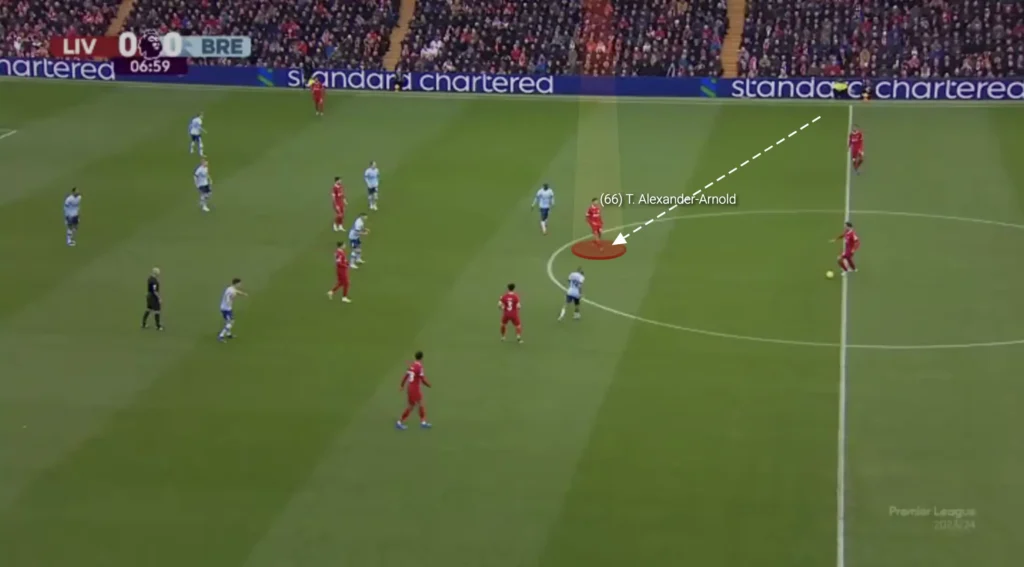
Inverting Into the Attacking Midfield
A more advanced variation sees inverted fullbacks pushing higher into the attacking midfield zones during possession. This approach is ideal for teams that aim to pin opponents back, create overloads in the final third, and maintain attacking fluidity.
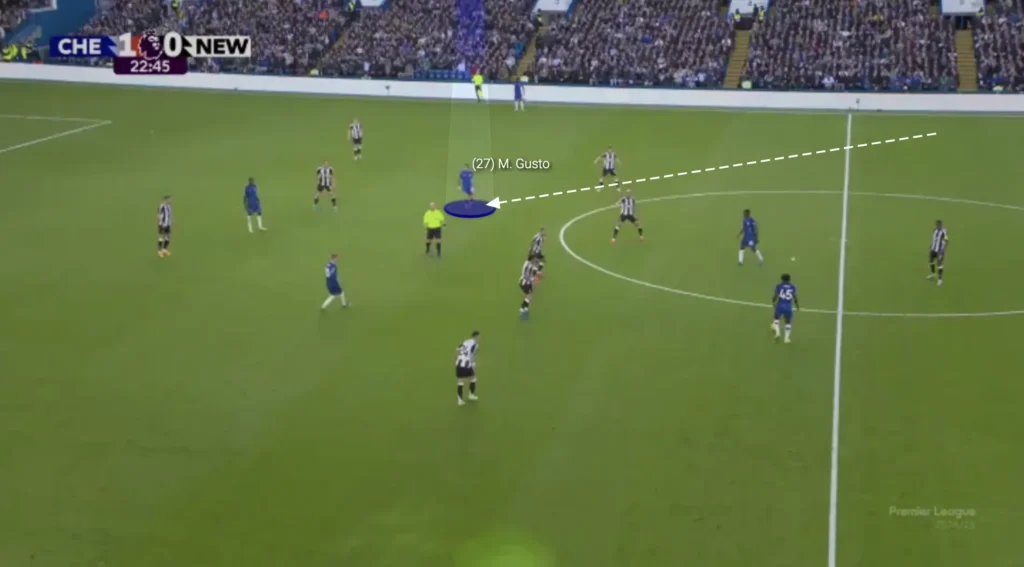
Inverting One or Both Fullbacks into Midfield
Teams also have the flexibility to invert either one or both fullbacks into the midfield, depending on their tactical needs and the opposition’s structure. The decision to invert one or both fullbacks can drastically influence how a team controls possession, builds attacks, and defends transitions.
Inverting One Fullback
Inverting just one fullback allows the other to stay wide or come closer to the center-backs to create a back three. This approach is often used to balance the team’s shape, ensuring there’s defensive cover while still gaining a numerical advantage in midfield. For example, a left-back might invert into midfield while the right-back comes into the backline to create a back three.
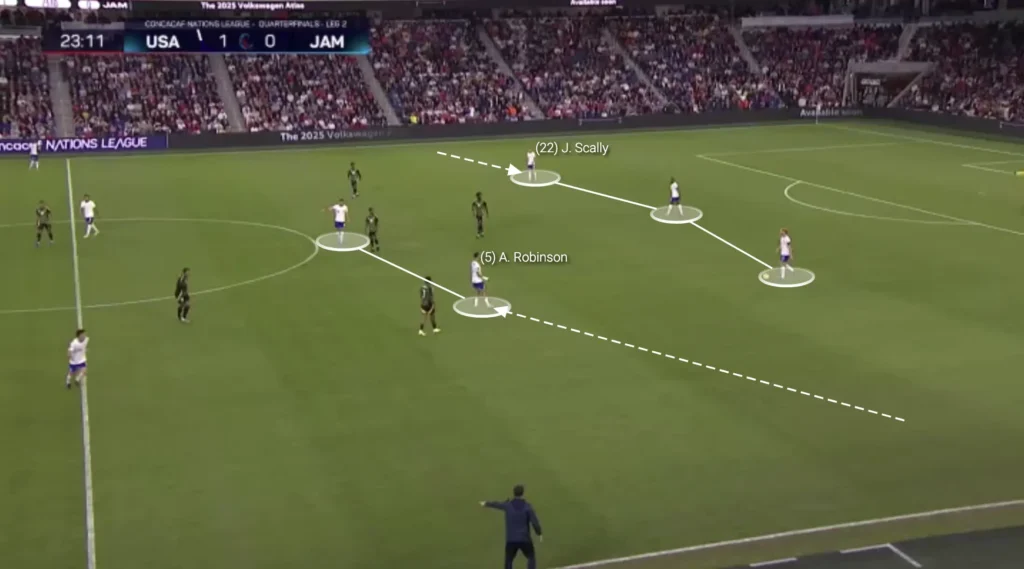
Inverting Both Fullbacks
When both fullbacks invert into midfield, they create a three-man holding midfield alongside the defensive midfielder. This approach is highly effective for teams looking to dominate possession and suffocate the opposition by creating overloads in the center of the pitch.
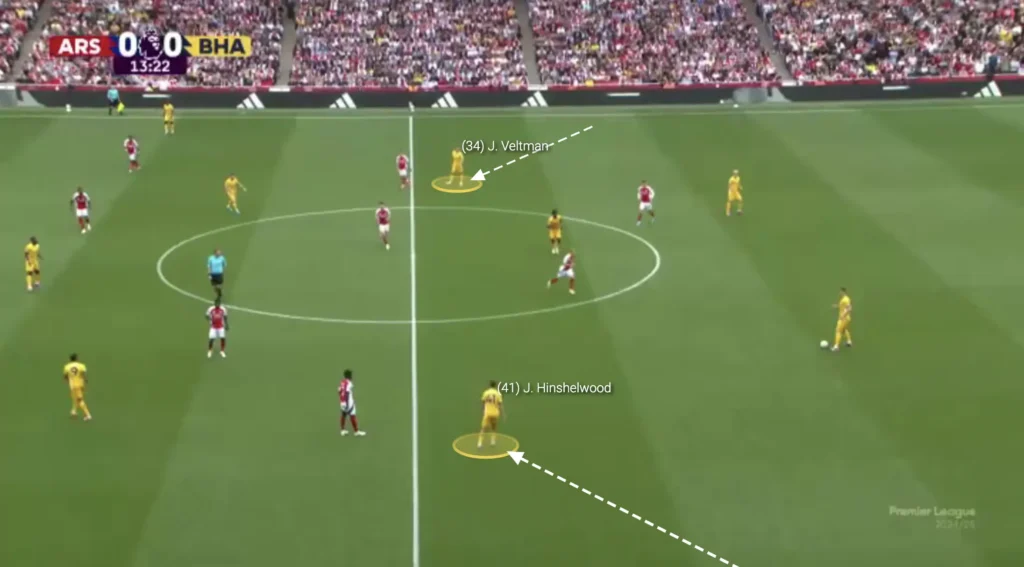
Teams and Managers Using Inverted Fullbacks
Several top managers and teams have embraced the concept of inverted fullbacks:
- Pep Guardiola (Manchester City)
Guardiola has been at the forefront of this tactical trend, using players like João Cancelo and Oleksandr Zinchenko to great effect. Their ability to drift into midfield and control games has been instrumental in City’s dominance.
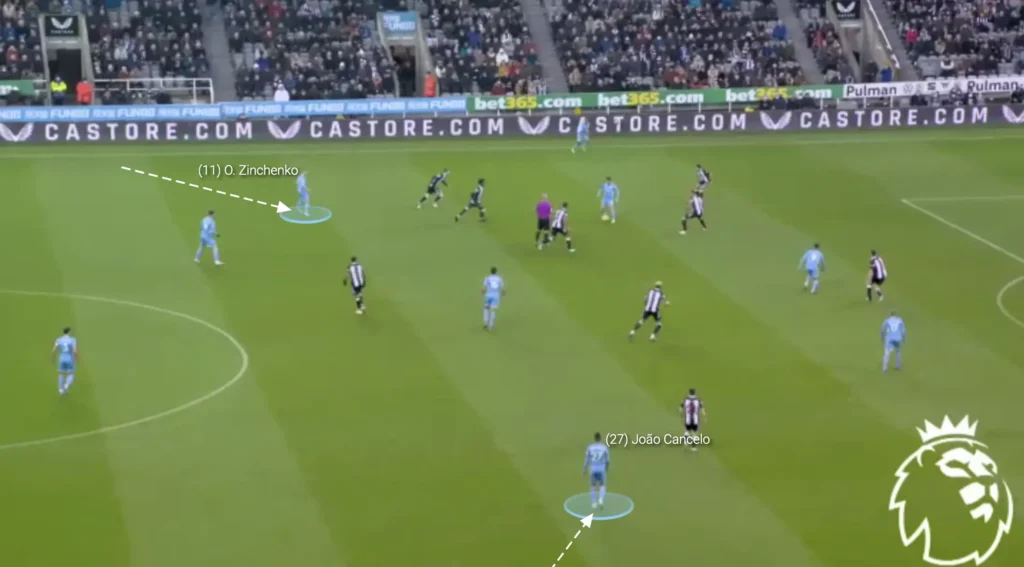
- Mikel Arteta (Arsenal)
Arteta has adopted the inverted fullback approach at Arsenal, with Oleksandr Zinchenko often stepping into midfield to support the team’s build-up and defensive stability.
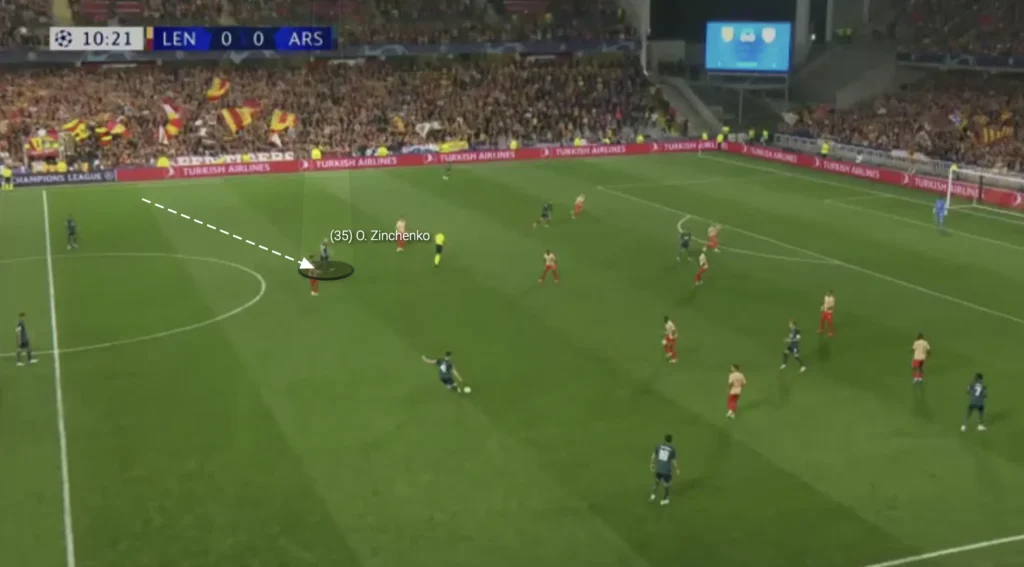
- Arne Slot (Liverpool)
Arne Slot has utilized similar principles at both Liverpool and Feyenoord, blending positional play with the use of inverted fullbacks to enhance ball progression and counterpressing.
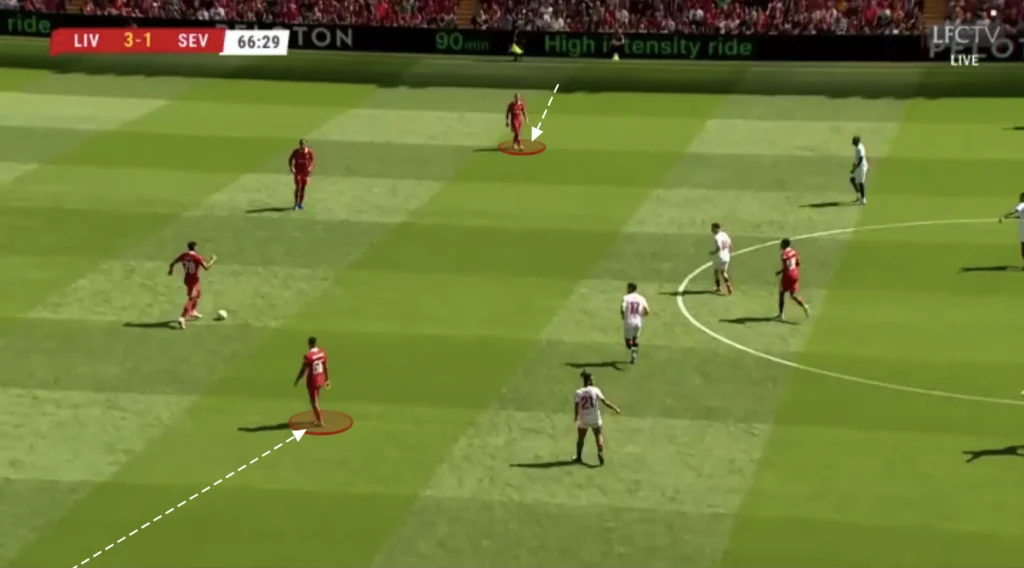
Other teams, including Ajax under Francesco Farioli and Brighton under Roberto De Zerbi, have also incorporated variations of inverted fullbacks into their systems, showcasing the tactic’s versatility.
Generally, tactics like these are most effective for teams that emphasize possession and control. They work particularly well against opponents who defend compactly in a low block, as the extra midfielders help overload central areas and unlock defenses. However, they can be risky against teams that counterattack with pace and width, requiring careful adaptation and defensive discipline.
Conclusion
The rise of inverted fullbacks highlights how football continues to push tactical boundaries. By blending the roles of fullbacks and midfielders, this approach offers teams greater control, fluidity, and defensive security. However, it demands intelligent players and meticulous preparation to execute successfully.
For football fans, understanding the role of inverted fullbacks provides insight into the tactical complexities of the modern game. As this trend evolves, it’s clear that inverted fullbacks are more than just a tactical tweak – they represent a shift in how teams approach the beautiful game.
